Build on your Engineering Technology diploma with the Engineering Bridge, an innovative pathway that prepares you to earn an engineering degree and advance your career.
Complement your advanced diploma with an accredited engineering degree from Queen's University.
This efficient pathway currently supports a transition into the upper years of one of four programs in Smith Engineering at Queen’s University: Civil Engineering, Mining Engineering, Chemical Engineering, or Mechanical Engineering.
This diploma-to-degree transfer pathway is faster and more cost-effective than pursuing a standalone engineering degree after graduating from your advanced diploma.
You will be on track to complete the academic requirements for registration as a Professional Engineer (P.Eng), a designation that can enhance your career prospects.
Applications are open to the following:

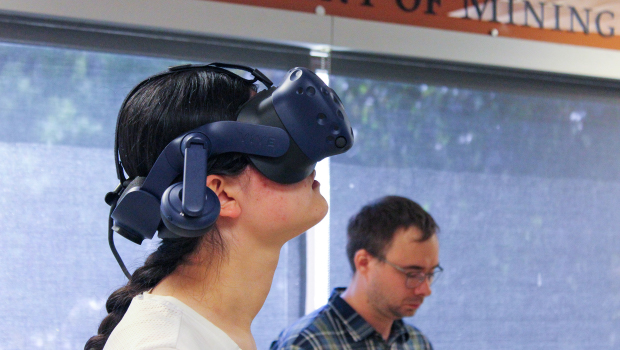
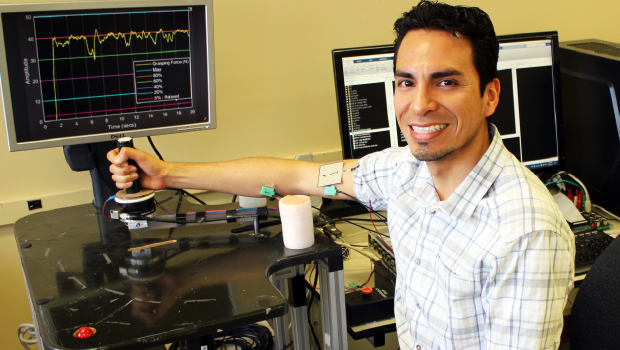
If you have any questions about the Engineering Bridge, contact us at engineering.bridge@queensu.ca.
The Engineering Bridge was developed with the support of the Ontario Council on Articulation and Transfer (ONCAT).

The Engineering Bridge features two phases of academic upgrading to bridge the gap between your college diploma and an engineering program.
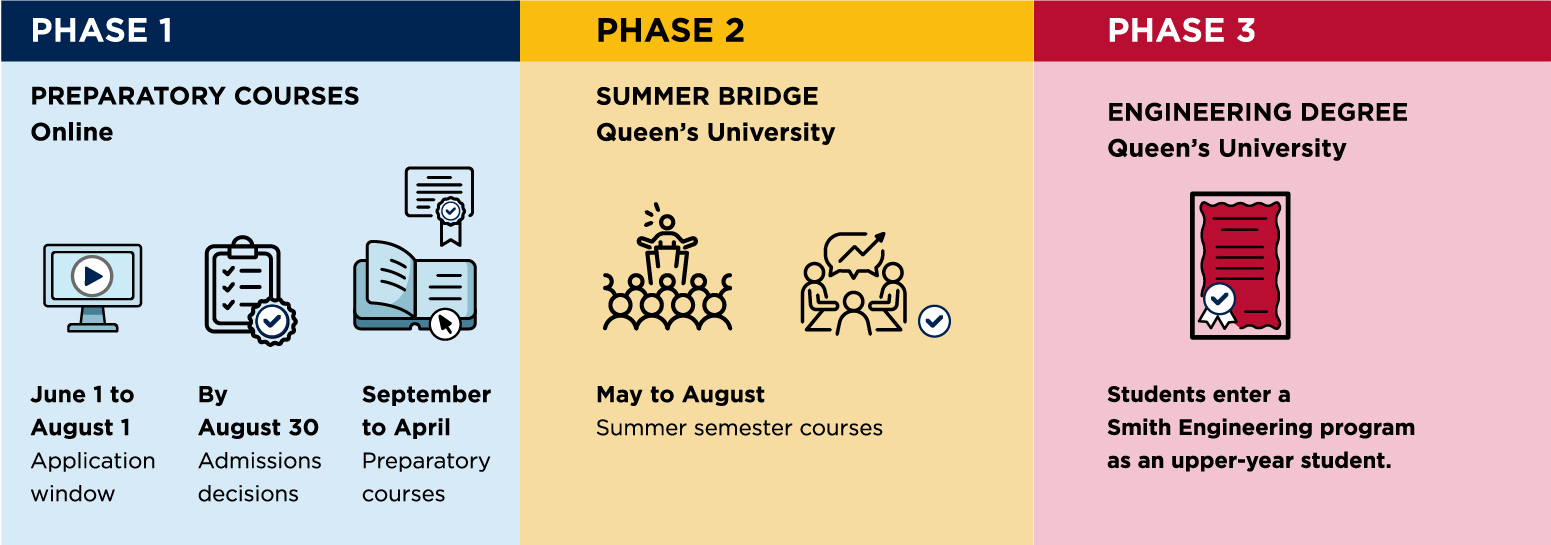
Students participate in eight months of online asynchronous prerequisite courses to gain essential academic knowledge. The standard progression is to take Linear Algebra in the Fall and Physics I in the Winter. If needed, students will also take Calculus. The exact course requirements vary slightly based on college program.
Current diploma students complete these courses concurrently with their final year of studies. Students must achieve a minimum grade of 70% in each Queen's Preparatory Course and complete their advanced diploma program with a cumulative GPA over 70% to proceed to the Summer Bridge.
Directly following the Preparatory Courses, you will take part in a full-time in-person summer semester at Queen's University. In this semester, you will complete the necessary foundational curriculum required to succeed in your upper-year engineering classes. Typically, this involves 6 courses.
The Summer Bridge is also your opportunity to become familiar with the wide range of services and facilities on campus. Connect with peers in your cohort, and start building a network that will become vital to your professional growth.
Upon successfully completing the Preparatory Courses and Summer Bridge, you will progress into your chosen engineering degree program.
Joining your engineering cohort in the fall semester, you will be assigned an academic advisor who will help you navigate course requirements and organize your academic schedule. Phase 3 time to completion is expected to be two to three years (excluding optional internship) and may vary for each individual student.
As a Queen's student, you will have access to a wide range of student supports in areas such as academics, wellness, administration, technology and housing.
To help you acclimate to university, the Smith Engineering Bridge provides comprehensive supports throughout phases one and two, including:
All students in Smith Engineering at Queen’s also have access a broad range of support services.

If you have questions about the Engineering Bridge, contact us at engineering.bridge@queensu.ca.
The application window for the Engineering Bridge pathway will open on June 1st. Sign up to our mailing list to stay informed.
When completing your application, follow these steps:
You will receive an email acknowledgement of your application within 7 days. You will also receive an email that will ask you to upload your post-secondary (college) transcripts.
You will be notified of the admission decision by mid-August before the pathway begins.
If you are considering applying to the Engineering Bridge, please note these important dates:
Tuition for the summer bridge is the same as the fall and winter semesters. The Office of the University Registrar website features detailed information about:
If you have questions about the Engineering Bridge, contact us at engineering.bridge@queensu.ca.
A: Anticipate a workload of up to 10 hours per week for each course (including lectures). The Preparatory Course phase contains 1-2 courses per semester. The Summer Bridge contains 6 courses.
A: Students earn transfer credit for approximately 12 Queen’s courses, subject to their previous academic experience.
A: You can choose to stay in Residence at Queen's, or sublet local housing, which is readily available during the summer months. Learn more about the university’s range of accommodations.
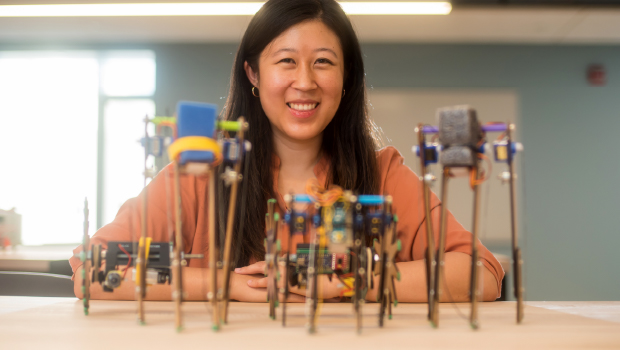
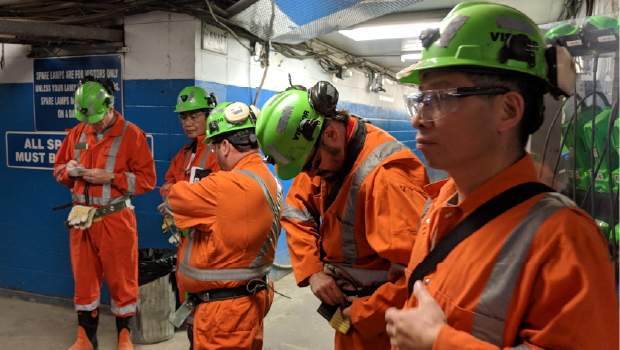
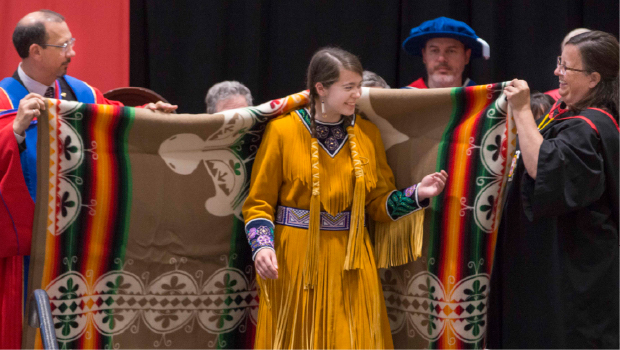
A: Students who transfer to Smith Engineering have access to a broad range of support services:
A: The Engineering Society of Queen's University offers a diverse range of opportunities for engineering students to participate in or help plan engineering competitions, contribute to real-world engineering design projects, gain global experience, make new friends, serve their communities, and advance social and environmental progress.
A: Smith Engineering recently launched Engineering for Everyone, an approach to equity, diversity and inclusion that provides a roadmap for greater inclusion at Smith Engineering – leading to a more diverse and representative engineering profession to better serve society.
“Engineering for Everyone” is also the third theme of our ambitious Strategic Plan, detailing specific actions to address diversity and inclusion at the school.
In addition to these initiatives, Smith Engineering is also home to Indigenous Futures in Engineering, one of Canada’s first support services for Indigenous engineering students, as well as Black Youth in STEM, an education initiative serving Black youth across southeastern Ontario and the GTA.
A: Our website has lots of information for prospective undergraduate students, including information on our programs, video tours and much more. Information about the overall campus, including general information about life on campus as well as tours and opportunities to speak to a Queen's student, are available on the Queen's University website.
A: Professional Engineers Ontario, the province’s engineering regulator, explains the requirements to become licensed on its website.
If you have questions about the Engineering Bridge, contact us at engineering.bridge@queensu.ca.